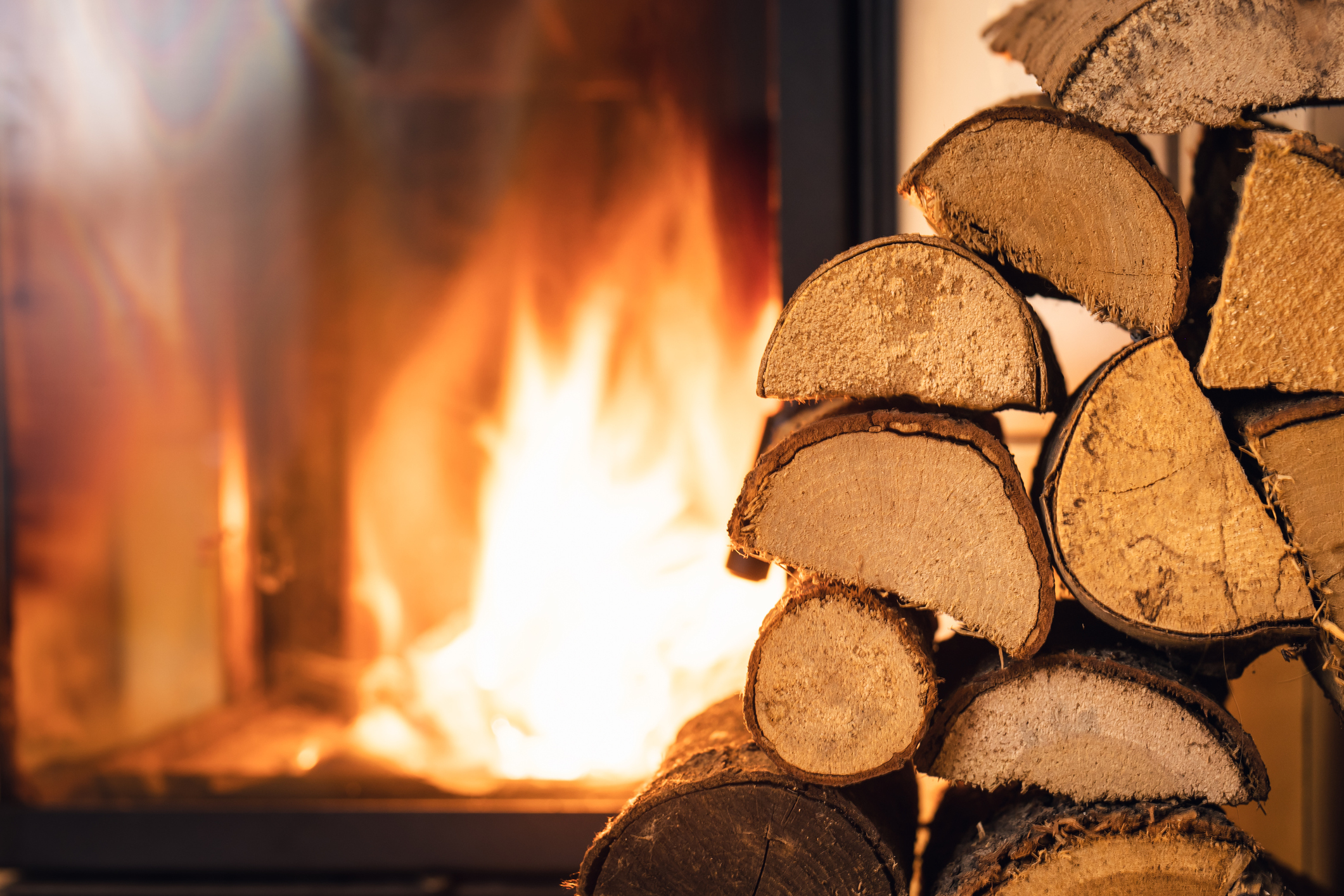Not all firewood is created equal.
That’s the word from Kansas State University horticulture expert Ward Upham, who said the wood from some tree species produces more heat than others.
High on the list are red, bur and post oak species, which produce a heat value of 25 (measured in millions of British thermal units, or BTUs). In a list of many common types of firewood, Upham said only Osage Orange (32.6), honeylocust (25.6) and black locust (28.3) rate higher than the oaks.

But, he adds, Osage orange is not always the best choice due to its tendency to spark—“do not use in an open fireplace,” he said—and black locust can be difficult to split.
Many elm varieties and hackberry rate high (all around 20) but elm can be difficult to split, as well.
Upham said the Kansas Forest Service publication, Managing Your Woodland for Firewood, is a helpful resource for landowners interested in growing and harvesting firewood. The publication is available online.
For homeowners, Upham advises buying firewood locally to prevent spread of pests such as the emerald ash borer, an exotic beetle that has devastated tens of millions of ash trees in 30 states, according to the U.S. Department of Agriculture.
“Emerald ash borer has spread in Kansas primarily because of firewood,” he said.



